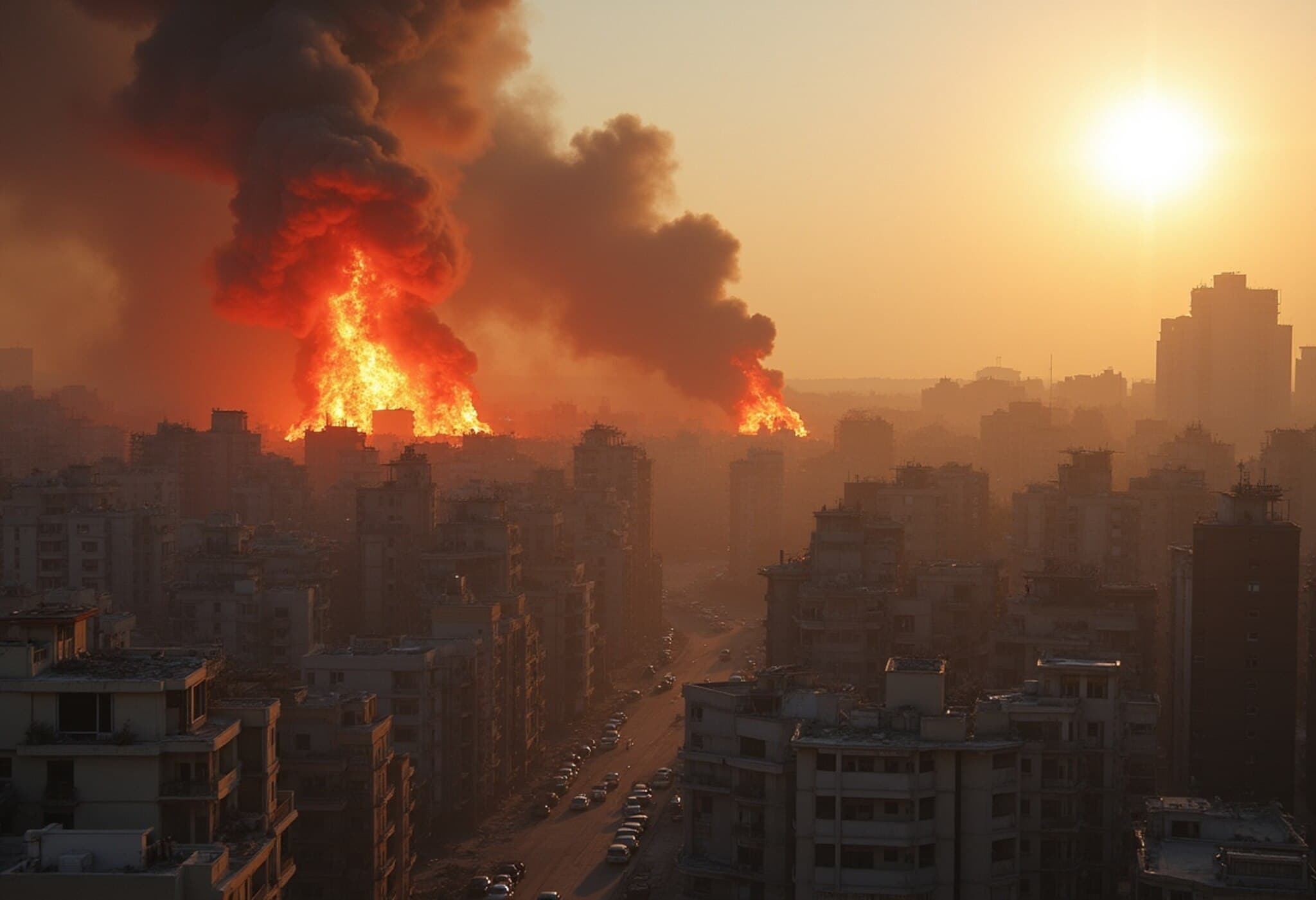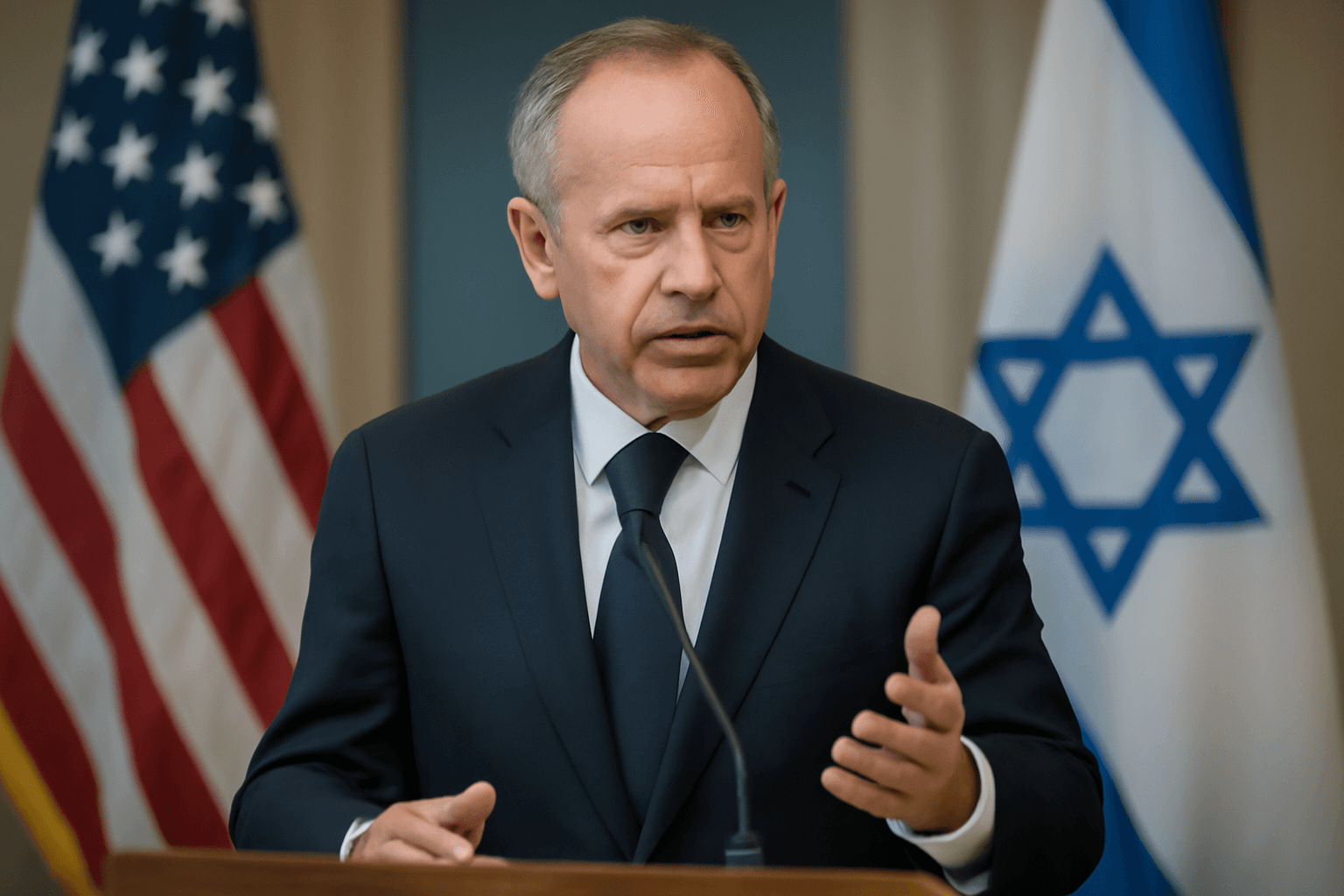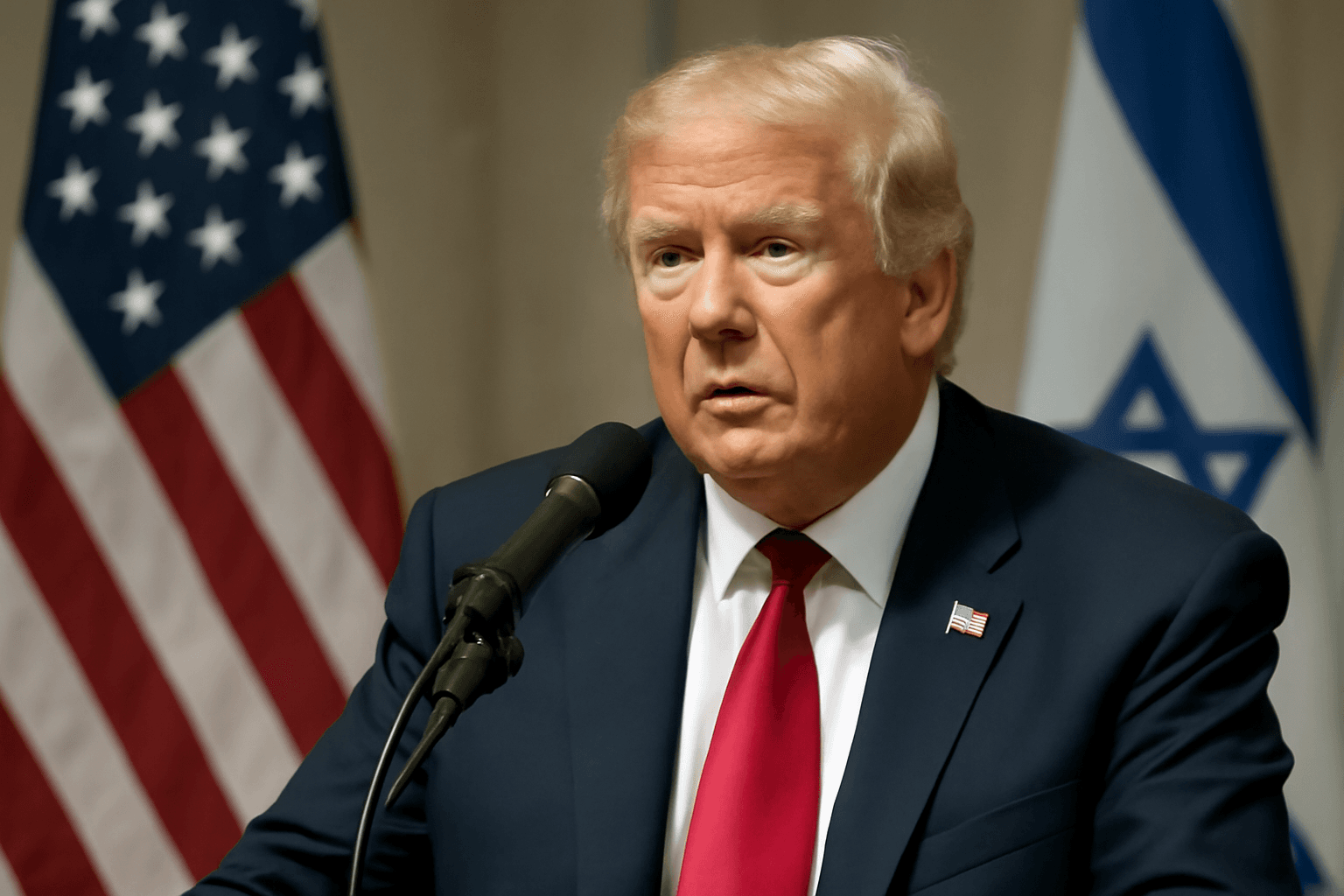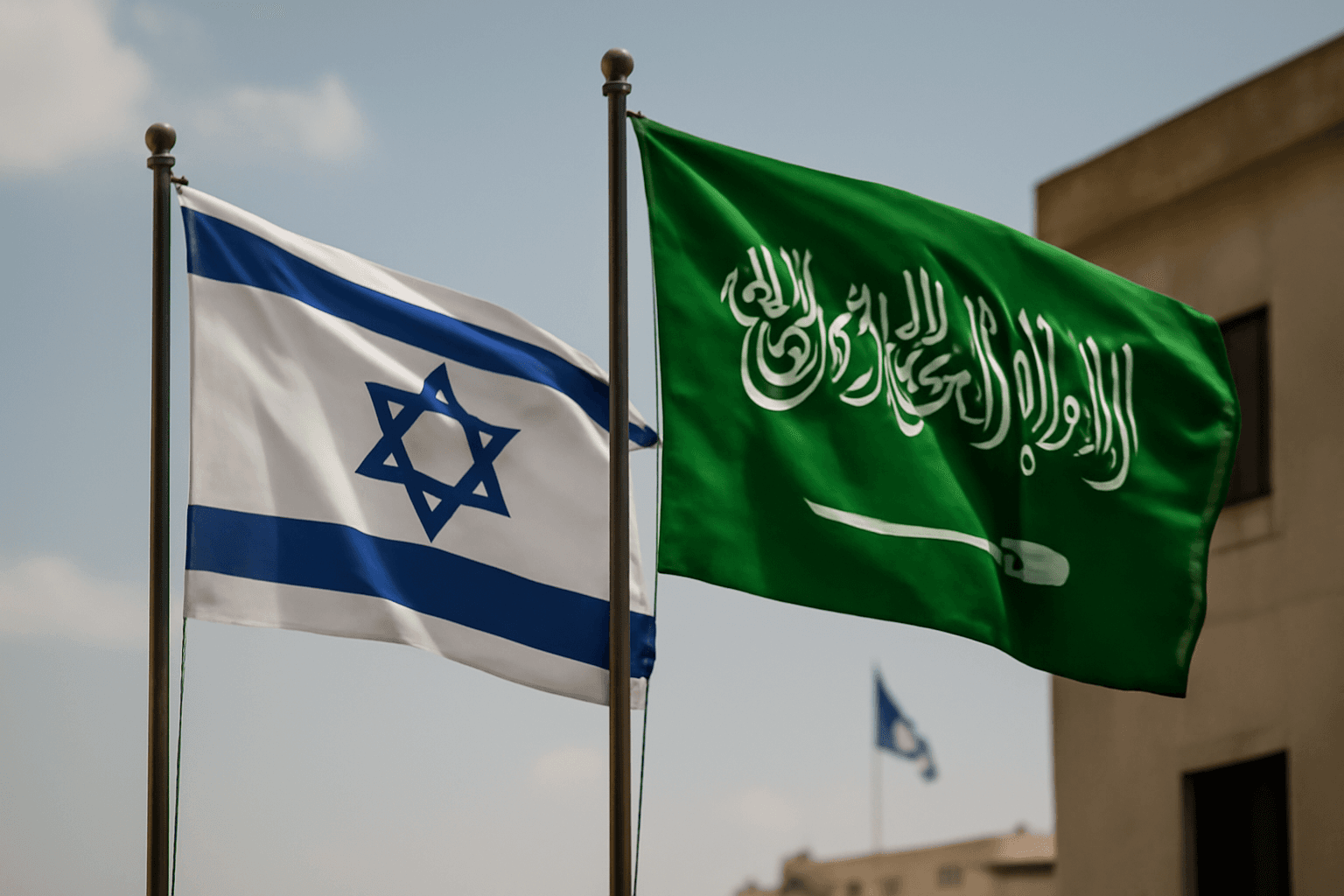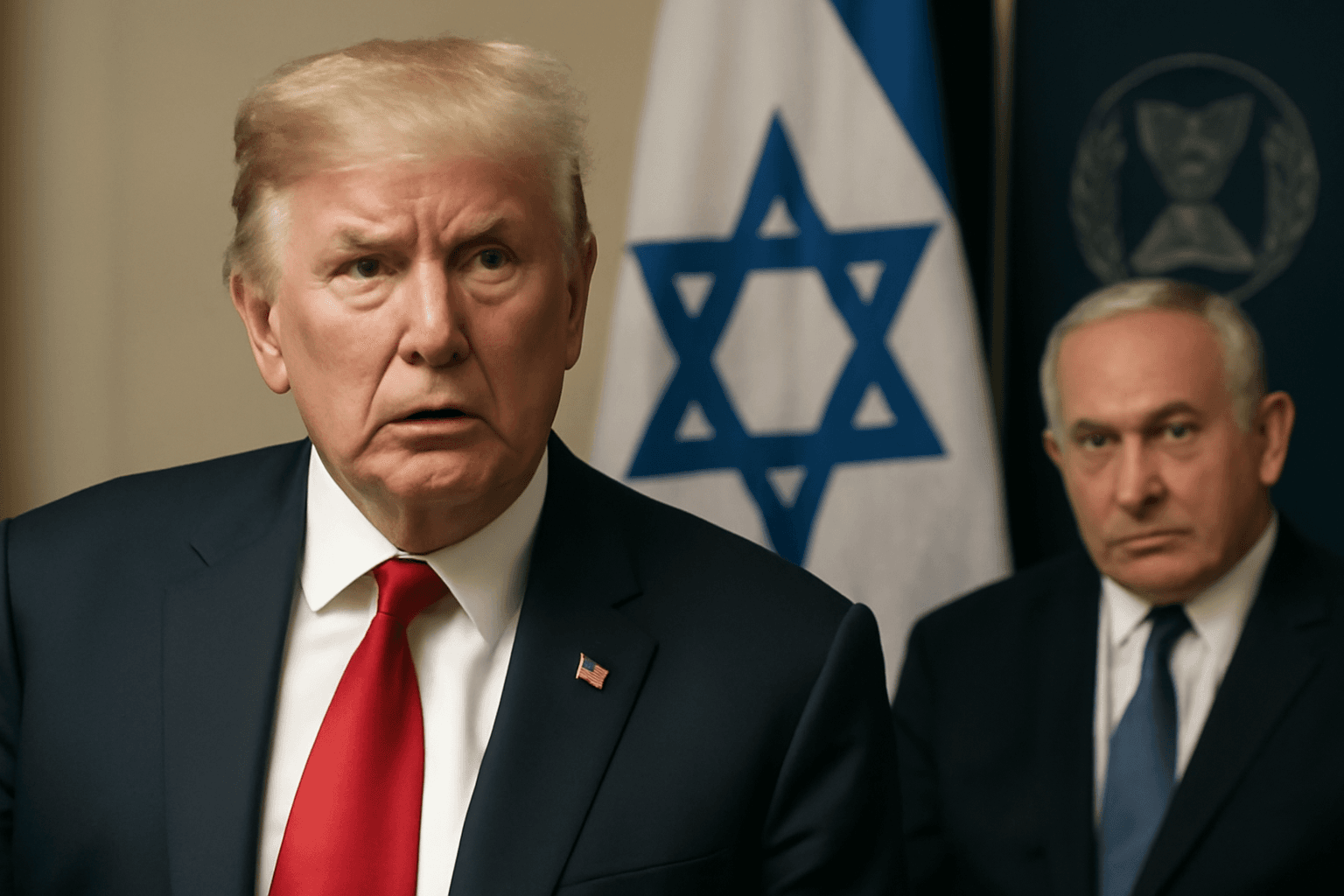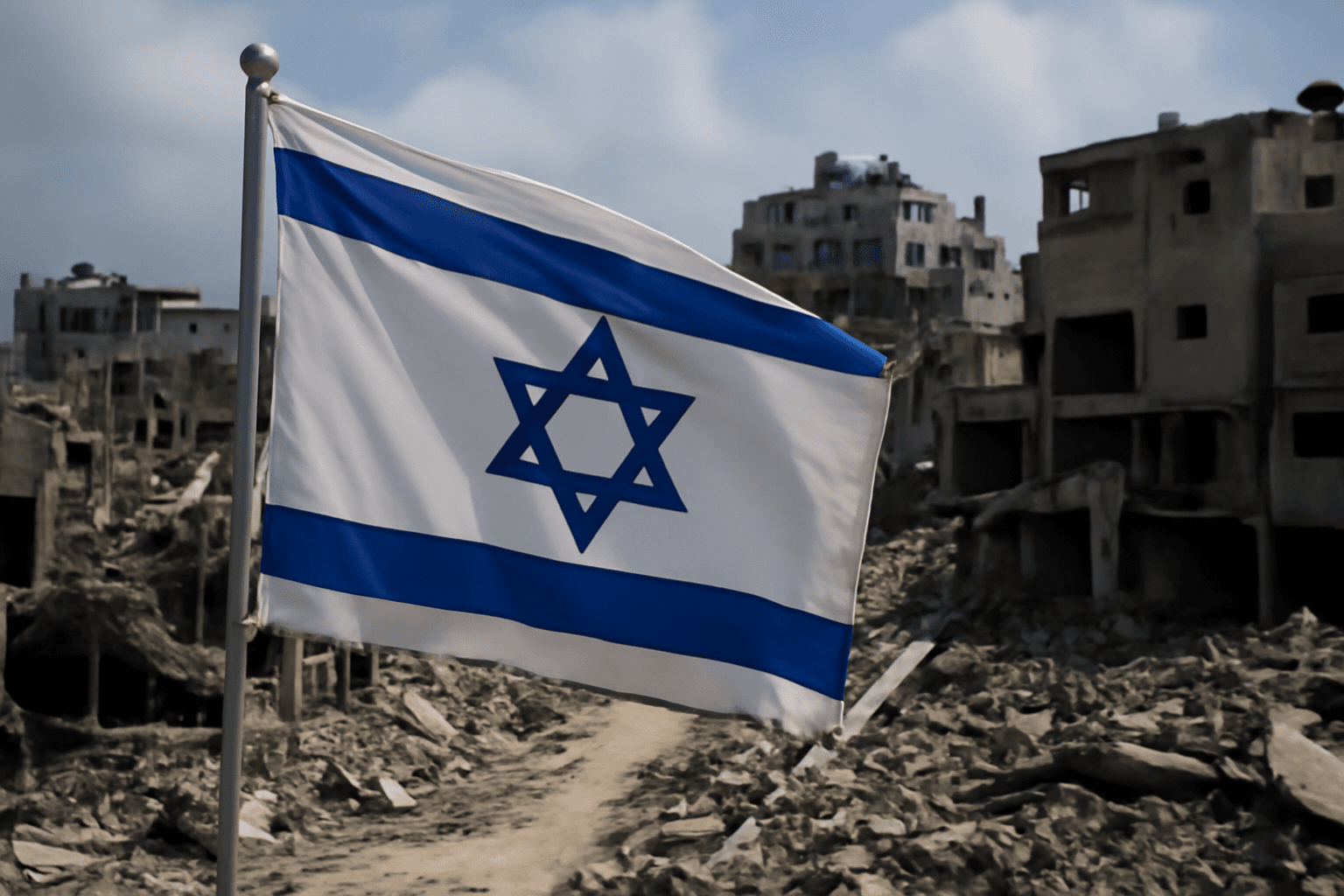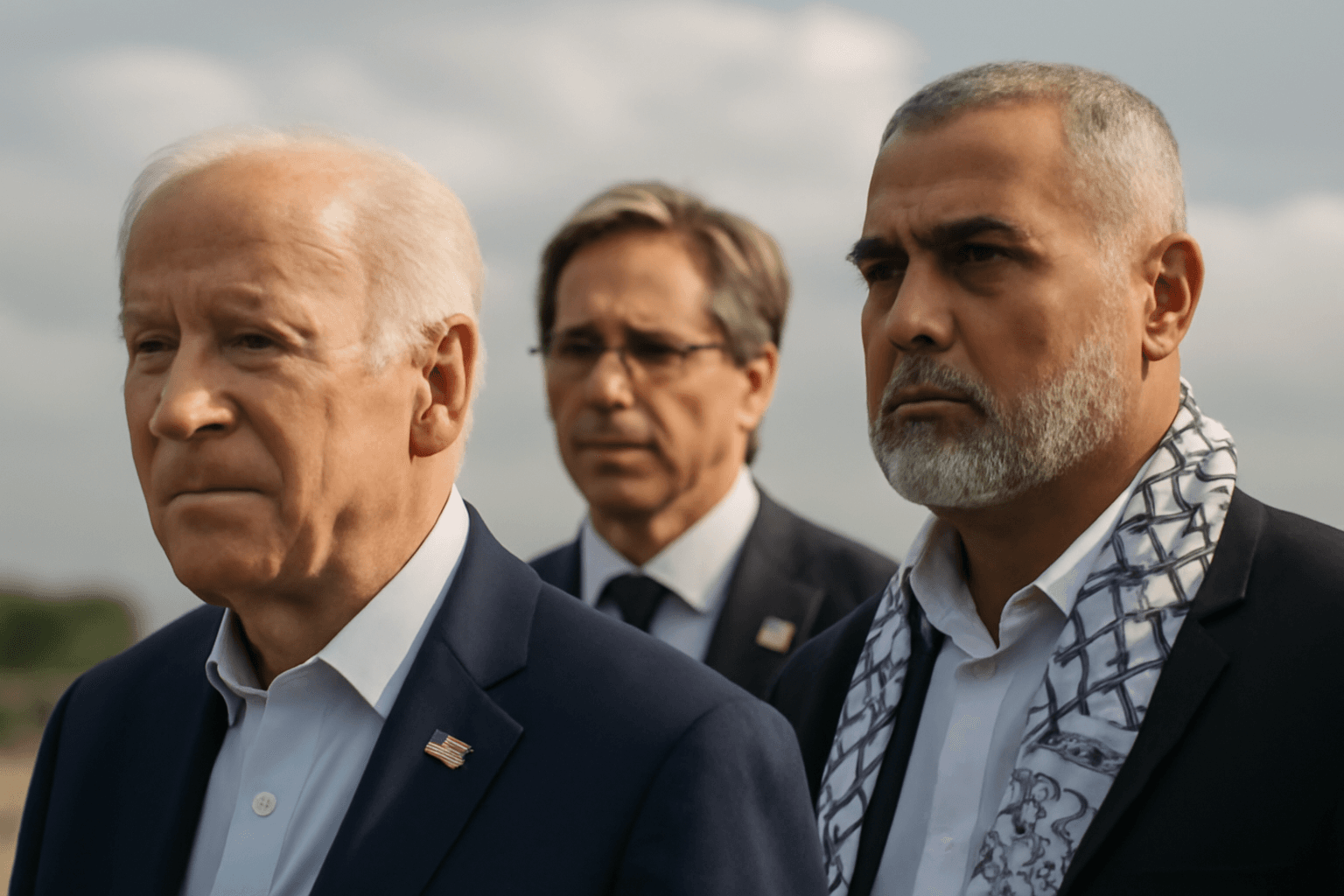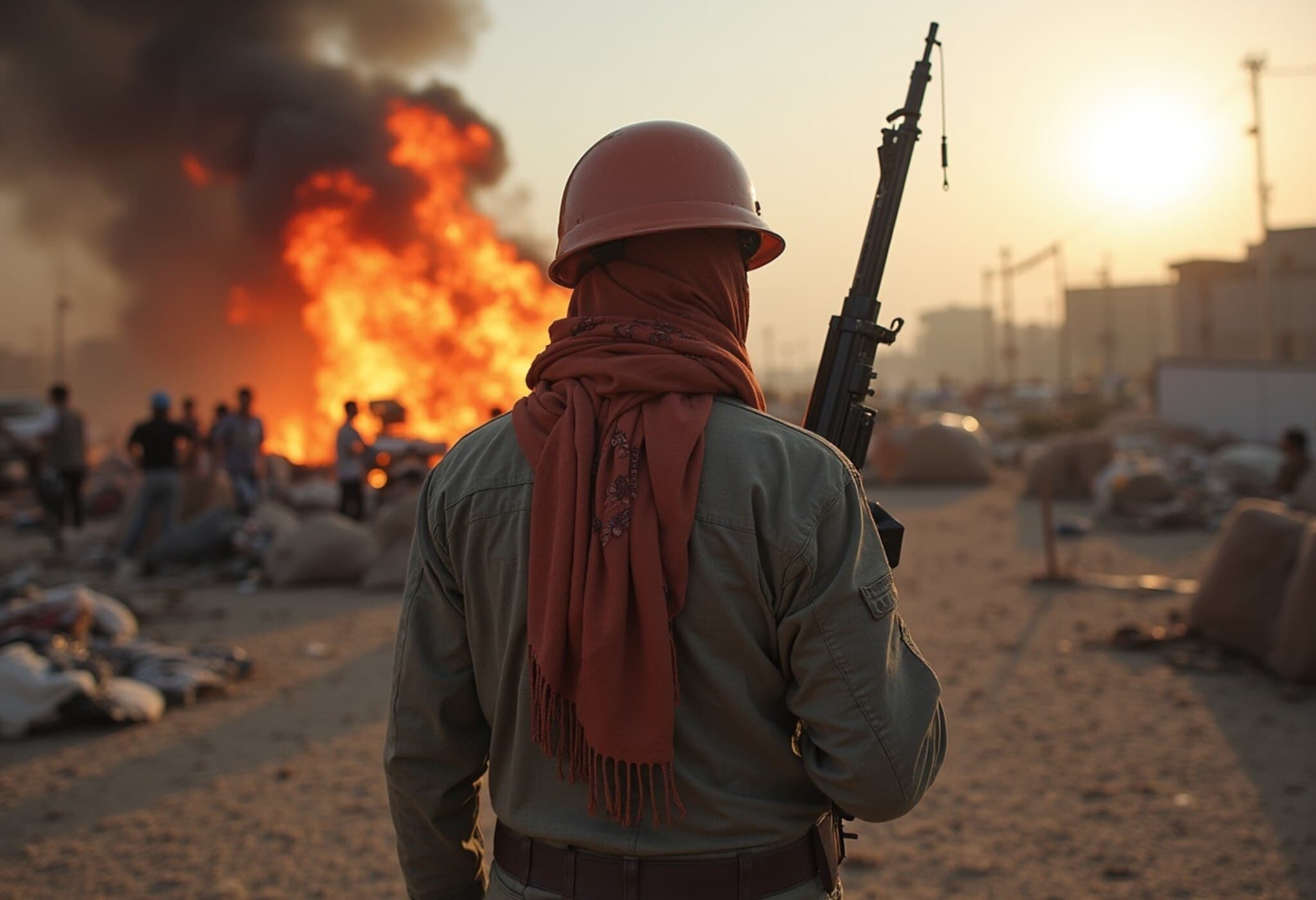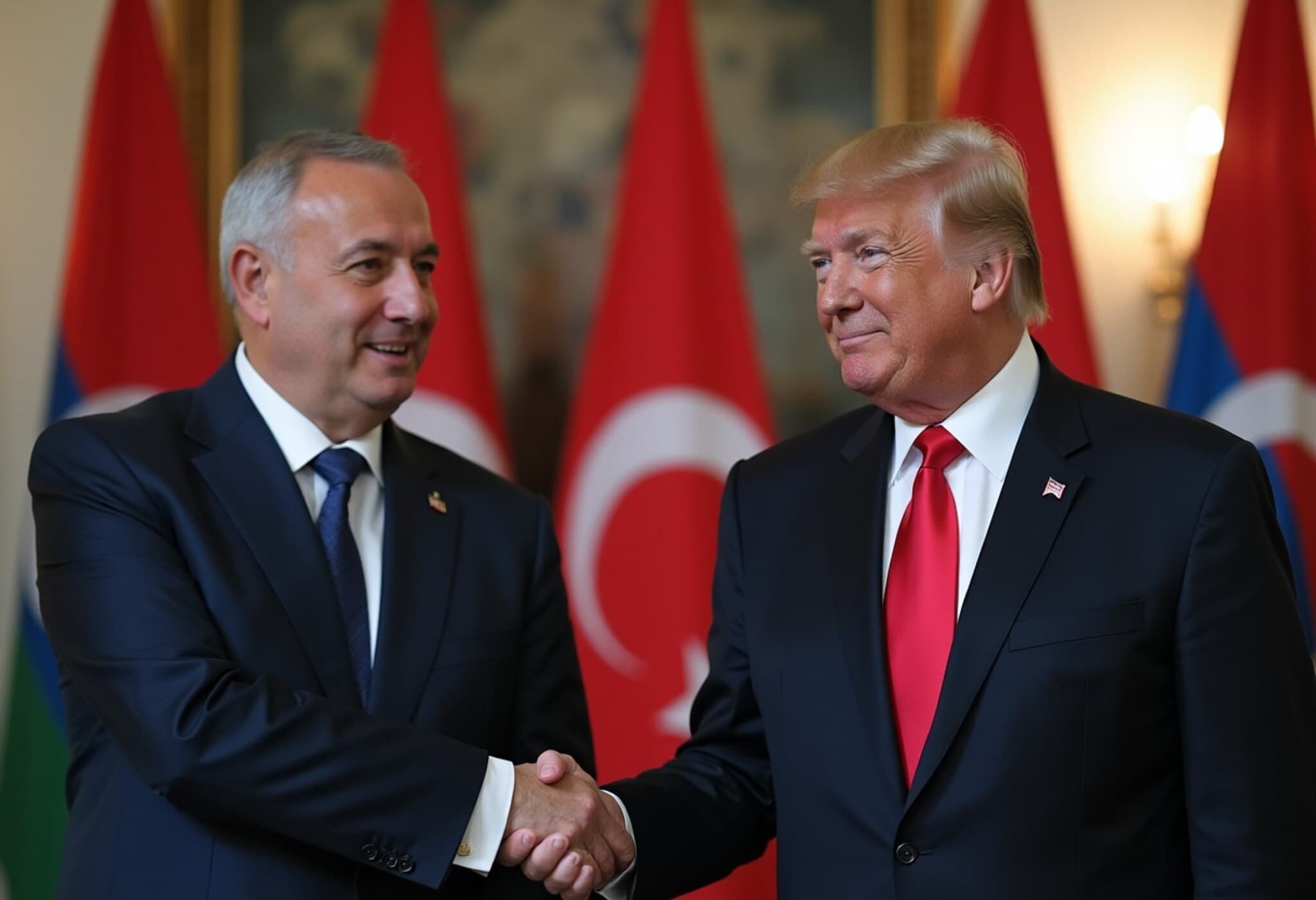Israel-Hamas Conflict: What Lies Ahead for Gaza?
As the tragic conflict between Israel and Hamas continues to devastate Gaza, the future remains clouded by uncertainty and diverging visions. Both sides present starkly contrasting plans for ending the war, while international mediators—led by the United States, Qatar, and Egypt—scramble to find common ground amidst mounting humanitarian catastrophe. In the heart of Gaza, where two million displaced Palestinians endure relentless violence and deprivation, the question looms: what comes next?
1. Full Israeli Reoccupation of Gaza
Reports indicate that Israeli Prime Minister Benjamin Netanyahu and his far-right coalition are seriously considering a full-scale reoccupation of Gaza—the first since Israel's 2005 withdrawal. A Cabinet meeting is expected to potentially finalize this decision.
This military move would involve deploying Israeli forces into the few remaining areas where Palestinians now seek refuge, including the heavily impacted northern Gaza district of Muwasi. The risks are profound: escalated casualties, massive displacement, and heightened threats to the approximately 20 hostages believed to remain in Hamas captivity.
Domestically, this plan faces resistance amid fears it could deepen Israel’s diplomatic isolation and worsen humanitarian suffering. The proposal also raises critical questions about the long-term viability of governance in Gaza under occupation and the international legal implications of such a move—particularly regarding civilian protection under international law.
2. Ceasefire Grounded in International Demands
On the other side of the divide, Hamas has conditioned its willingness to release hostages on Israel’s full military withdrawal, a lasting truce, and the liberation of Palestinian prisoners. This framework aligns with previous United Nations Security Council resolutions and received tentative backing from the Biden administration.
The most recent precedent was a fragile ceasefire brokered in January by the Trump administration, which freed some hostages and allowed significant humanitarian aid into Gaza. However, this agreement collapsed by March, underscoring the fragility of ceasefires in the volatile Gaza context.
Israel remains adamant that such a withdrawal risks empowering Hamas to regroup and pose existential security threats, invoking fears reminiscent of the devastating October 7 attacks. Netanyahu’s political survival is intricately tied to a hardline stance, complicating prospects for this internationally endorsed path.
3. Ceasefire on Israel’s Terms: Dismantling Hamas
Prime Minister Netanyahu insists the war can only conclude once all hostages are freed and Hamas is completely dismantled or expelled. Beyond this, Israel pushes for what it terms “voluntary emigration” of Gaza’s Palestinian population—a euphemism widely criticized by the international community as forced displacement.
While Israel may entertain a short-term truce involving limited hostage release, humanitarian aid deliveries, and gradual troop withdrawals, any durable peace deal would demand Hamas’s full disarmament and cessation of all operations.
Hamas, for its part, has expressed openness to transferring power within Gaza to other Palestinian factions, but refuses to surrender arms as long as Israeli military presence persists in territories they claim for a future Palestinian state.
4. A Protracted Conflict: The War Drags On
Failing any negotiated settlement, experts warn the war may become a prolonged, grinding conflict. Daily Israeli airstrikes continue to inflict severe civilian casualties, while Hamas maintains a persistent insurgency with sporadic attacks.
Humanitarian efforts struggle against logistical and security hurdles, leaving Gaza’s population trapped in an escalating crisis that risks spiraling into deeper catastrophe. Hostages may remain in captivity indefinitely, adding further urgency and complexity to peace talks.
Amidst this turmoil, Israel’s political landscape is volatile, with elections anticipated by 2026 or earlier. These political dynamics may shift strategies and redefine the conflict’s trajectory. Notably, former US President Donald Trump recently stated that decisions about Gaza’s reoccupation “will be pretty much up to Israel,” signaling continued American deference to Israeli security concerns.
Contextual Insights and Underreported Dimensions
Beyond the headlines, several critical issues demand attention:
- Humanitarian toll: The destruction of Gaza’s infrastructure threatens famine and a public health crisis. International aid corridors remain constrained by security concerns, posing persistent challenges for relief agencies.
- Legal and ethical debates: The prospect of forced displacement or “voluntary emigration” raises alarms under international humanitarian law, with experts debating potential violations and their ramifications.
- Regional ripple effects: Neighboring countries, especially Egypt and Qatar, play pivotal mediator roles, balancing pressure from domestic constituencies and international stakeholders.
- Long-term peacebuilding: The fundamental issue of Palestinian statehood and Israeli security is at the conflict’s core; without addressing political grievances, ceasefires risk collapsing repeatedly.
Editor’s Note
The Israeli-Hamas conflict remains one of the most complex and heart-wrenching crises of our time. As Gaza reels under repeated violence, the world is faced with a pressing moral and political challenge: how to end a war that has cost thousands of lives without igniting even greater instability in the Middle East.
Four divergent paths lie ahead—each fraught with peril and uncertainty. Which scenario unfolds will depend not only on battlefield developments but also on the fragile interplay of domestic politics, international diplomacy, and humanitarian imperatives.
Readers are urged to consider the human cost beyond geopolitical strategy, the voices of civilians caught in the crossfire, and the legal standards that must govern wartime conduct. As the global community watches, the coming weeks will be crucial for shaping Gaza’s future and potentially, the region’s peace trajectory.
With contributions from the Associated Press and expert policy analysts

